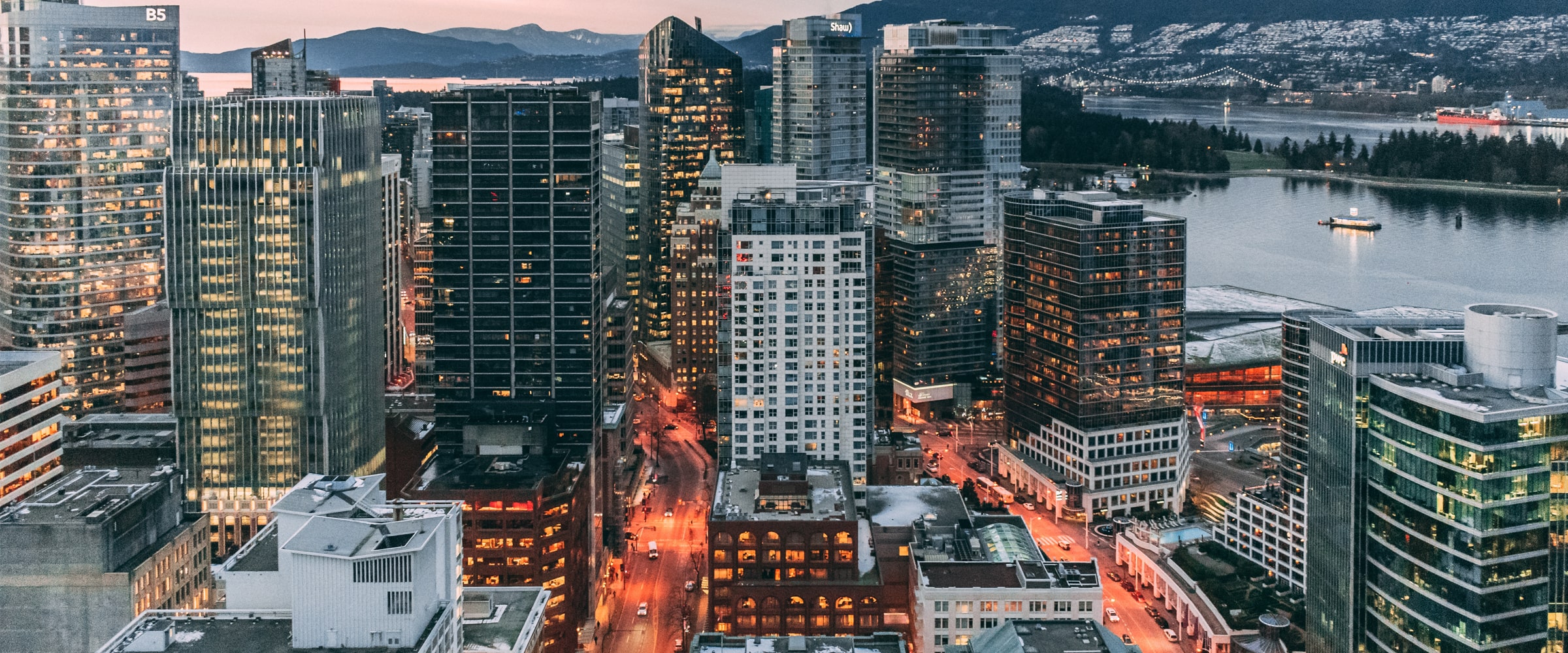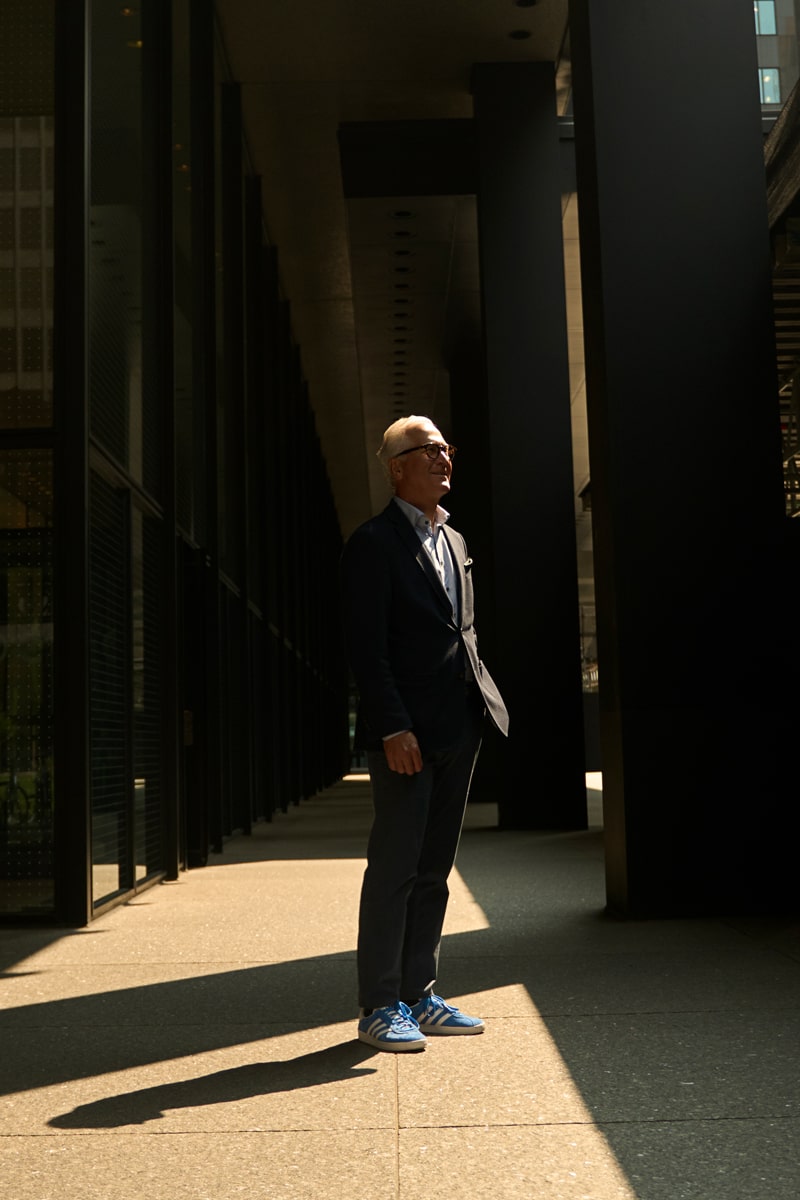Most notably, municipalities have emerged as leaders in climate change mitigation.
They are experiencing firsthand the economic and human costs inflicted by extreme weather events like forest fires, ice storms, and flooding. In the face of devastating and costly disasters, municipalities play a pivotal role in coordinating emergency responses and collaborating with businesses to lessen the impacts of climate events. By implementing short and long-term strategies, they not only protect lives but also safeguard the continuity of local businesses.
Avison Young’s Principal and President of Canada, Mark Fieder, recognizes that cities are in a time of transition, and it’s our responsibility to lead the change needed for a sustainable future.
“Leading on transformation has always been baked into our purpose. Now, more than ever, we need to be at the forefront of understanding how the demands on both cities and real estate are evolving, and how we can urgently contribute to positive change for people and the planet,” says Mark.
“Our teams across Canada are actively seeking ways to address the biggest environmental and social issues facing cities, and how we can generate positive impacts along the way. It’s up to us to find creative ways to adapt the spaces we have today, to support our communities and the economy in the future,” he adds.
The pandemic forced enormous shifts in the way we use buildings and spaces, with the biggest impact being on how, when and where we work. While the longer-term impact on office use is still evolving, a significant share of existing office stock is ripe for retrofit and repositioning – which may be the key to both lowering emissions and providing scalable solutions for other critical urban challenges, such as the need for affordable, safe and barrier-free housing.
“Converting and retrofitting existing assets keeps them competitive for owners, adds premium value and offers a solution which is quicker to market. Future-proofing buildings in this way can also enable better resilience in the face of future climatic conditions,” says Mark.
While adaptive reuse projects can be complex, in most cases we know it’s more sustainable to reuse existing buildings than to build new ones, though it won’t always be the answer. This approach promotes the conservation of resources, reduces embodied carbon and waste, and contributes to the revitalization of urban areas,” he explains.





